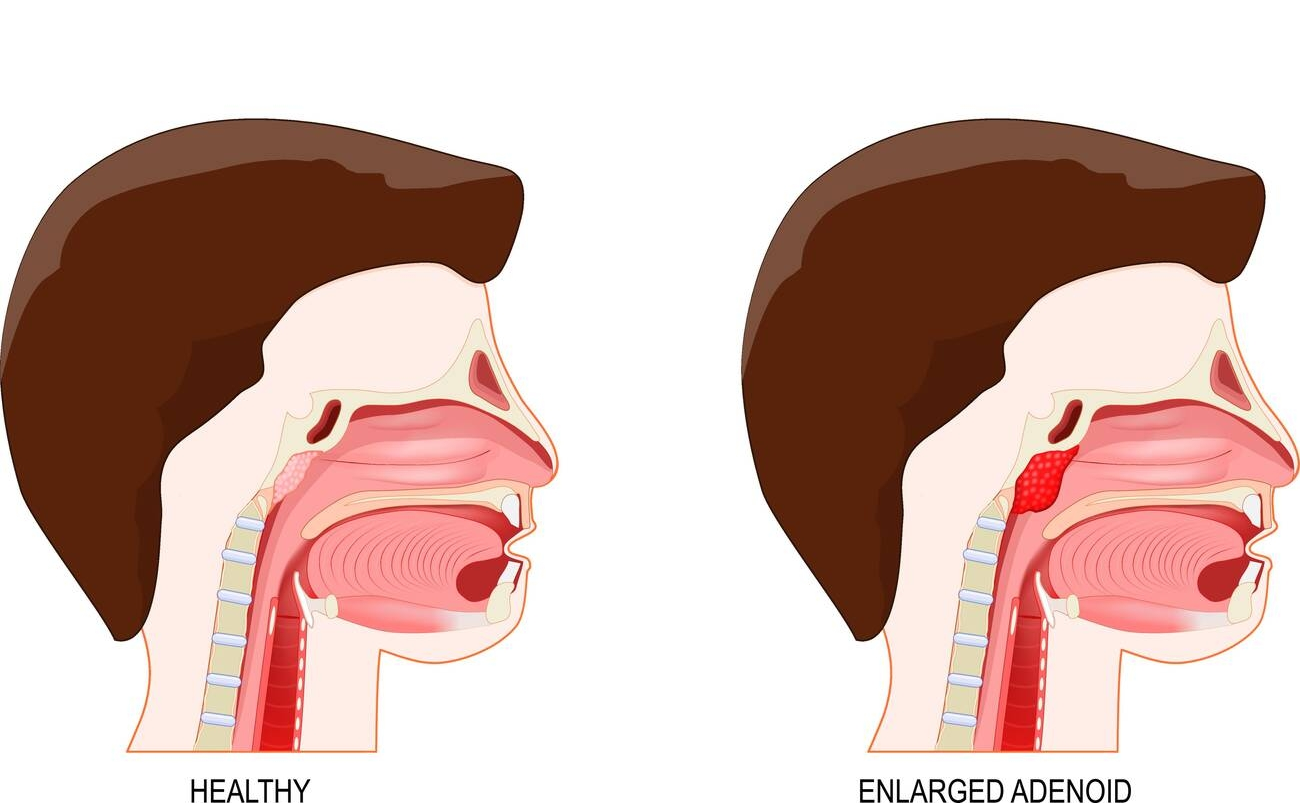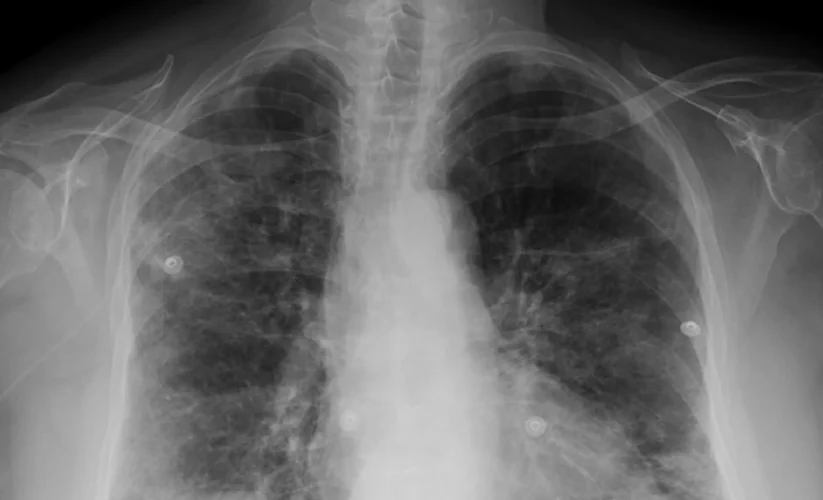
Understanding Adenoid Facies: Symptoms, Causes, and Treatment
“Adenoid facies” is a term used to describe a certain facial appearance resulting from the enlargement of the adenoids – a mass of lymphoid tissue located at the back of the nasal cavity. This condition can lead to various facial features such as an open-mouth posture, a high arched palate, and a dull expression. Children with adenoid facies may have a characteristic appearance with a long, narrow face and a drooping jaw.
In severe cases, this condition can also affect the development of the teeth and the overall growth of the face. Treatment for adenoid facies may involve surgical removal of the adenoids or other interventions to address the underlying cause. Adenoid facies is a term used to describe a certain facial appearance that can result from enlarged adenoids in children.
Symptoms
Recognizing the symptoms of adenoid facies is crucial for early detection and intervention. In this article, we will delve into the details of adenoid facies, including its symptoms, causes, and treatment options.

Symptoms and Signs
It refers to a specific set of physical characteristics that can develop in children with enlarged adenoids. Some common symptoms and signs of adenoid facies include:
- Mouth breathing: Children with adenoid facies may exhibit a preference for breathing through their mouths rather than their noses.
- Open-mouth posture: Constantly keeping the mouth open, even when not speaking or eating, is a typical sign of adenoid facies.
- Facial elongation: The face may appear elongated due to the chronic mouth breathing associated with adenoid facies.
- High-arched palate: Speaking and swallowing may be impacted by a high arch in the palate.
- Crowded or crooked teeth: Enlarged adenoids can lead to dental problems, such as misaligned or overcrowded teeth.
Causes of Adenoid Facies
Enlarged adenoids are typically the underlying cause of adenoid facies. Adenoids are part of the immune system and are located in the back of the nasal cavity. When they become inflamed or enlarged, they can obstruct the airway, leading to the symptoms associated with adenoid facies. Common causes of adenoid enlargement include:
- Recurrent infections: Frequent infections can cause the adenoids to become swollen and enlarged.
- Allergies: Allergies can trigger inflammation in the adenoids, leading to enlargement.
- Genetics: Some children may be more prone to adenoid enlargement due to genetic factors.
Treatment Options
When it comes to treating adenoid facies, the underlying cause of the enlarged adenoids must be addressed. Some common treatment options include:
- Adenoidectomy: Surgical removal of the adenoids may be necessary in cases where they are significantly enlarged and causing breathing difficulties.
- Allergy management: If allergies are contributing to adenoid enlargement, managing allergies through medication or lifestyle changes can help.
- Speech therapy: In cases where adenoid facies has led to speech or swallowing issues, speech therapy may be beneficial.
- Orthodontic treatment: Dental problems caused by adenoid facies, such as overcrowded or crooked teeth, may require orthodontic treatment.
Conclusion
To sum up, the word “adenoid facies” refers to particular facial features that may arise from swollen adenoids in children. Recognizing the symptoms of adenoid facies is essential for early intervention and treatment. By understanding the causes and treatment options available, parents and healthcare providers can help children with adenoid facies lead healthier, happier lives. Learn about adenoid facies and discover the symptoms, causes, and treatment options for this condition in children.
By following these guidelines, you can create a comprehensive and informative article on adenoid facies that engages readers and provides valuable information on this topic.
FAQ’s
Q. What are the facial features of adenoid hypertrophy?
Adenoid hypertrophy can manifest in certain facial features which include mouth breathing, noisy breathing, a nasal voice, snoring, and a dull expression. The enlargement of the adenoids can lead to a partially open mouth, which may result in an elongated face appearance. Children with adenoid hypertrophy may also have a high arched palate and dental malocclusion due to the constant mouth breathing. Additionally, dark circles under the eyes and frequent ear infections are common signs associated with this condition. It is important to consult a healthcare professional for proper diagnosis and treatment if any of these facial features are present.
Q. What are the facial changes due to adenoids?
Adenoids are lymphoid tissue located at the back of the nasal cavity, and when they become enlarged, they can cause several facial changes. Some common facial changes due to adenoids include mouth breathing, which can lead to a slack-jawed appearance and dry lips. Enlarged adenoids can also cause a “nasal” tone to the voice and frequent snoring or sleep disturbances. Additionally, children with enlarged adenoids may develop a long, narrow face or a high-arched palate due to chronic mouth breathing. If you notice any of these facial changes in yourself or your child, it is important to consult with a healthcare provider for proper evaluation and treatment options.
Q. What are adenoid face dental features?
Adenoid face dental features refer to specific facial characteristics that may be present in individuals with enlarged adenoids. These features can include mouth breathing, open bite, narrow dental arches, crowded teeth, and a long, narrow face shape. Mouth breathing is common due to nasal obstruction caused by enlarged adenoids, which can lead to dental issues such as an open bite where the front teeth do not overlap properly.
Narrow dental arches and crowded teeth may also be seen in individuals with adenoid face features. Additionally, the long, narrow face shape is often associated with mouth breathing and altered facial growth patterns due to adenoid enlargement. Identifying these dental features early on can help in managing and treating any associated breathing and dental issues effectively.
Q. Is adenoid facies permanent?
It refers to the facial appearance resulting from chronic mouth breathing due to enlarged adenoids. This condition can lead to a high arched palate, open bite, and other facial changes. The effects of adenoid facies may improve with treatment such as adenoid removal, orthodontic intervention, and myofunctional therapy. In some cases, early intervention can prevent permanent facial changes. However, if left untreated for a long time, the facial features associated with adenoid facies may become more pronounced and potentially permanent. It is important to consult with a healthcare professional for proper evaluation and management of adenoid facies to prevent long-term consequences.





